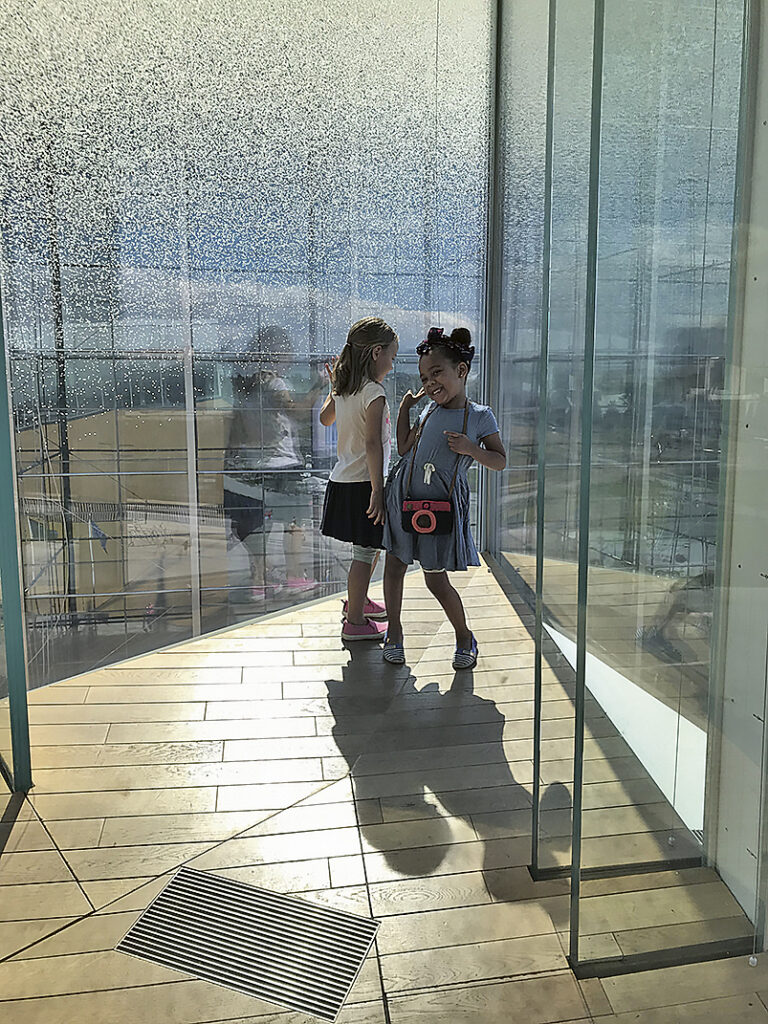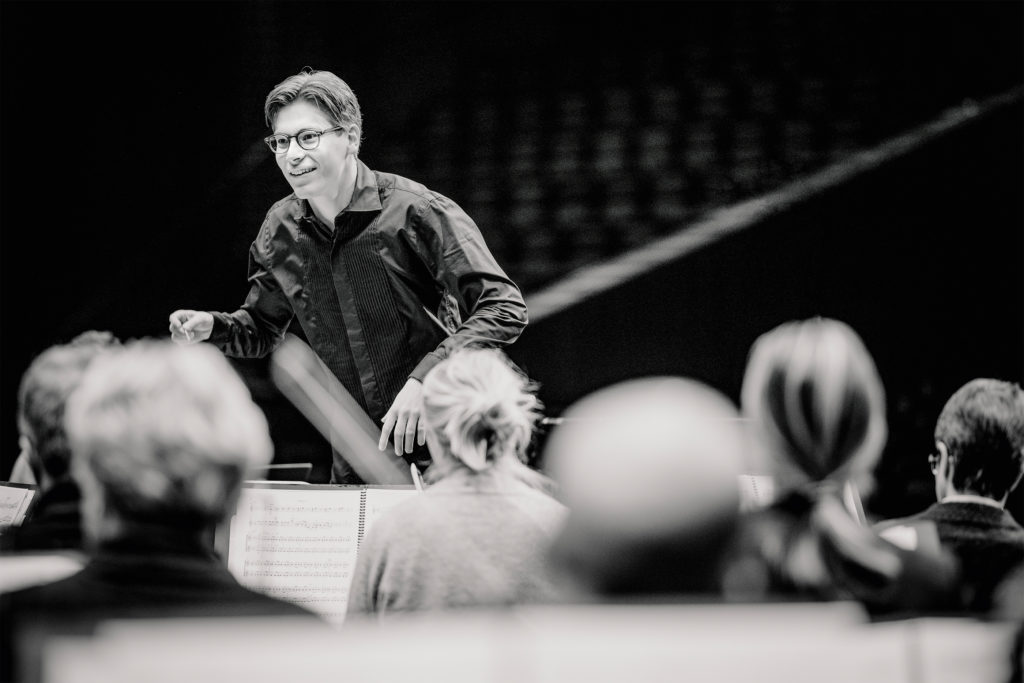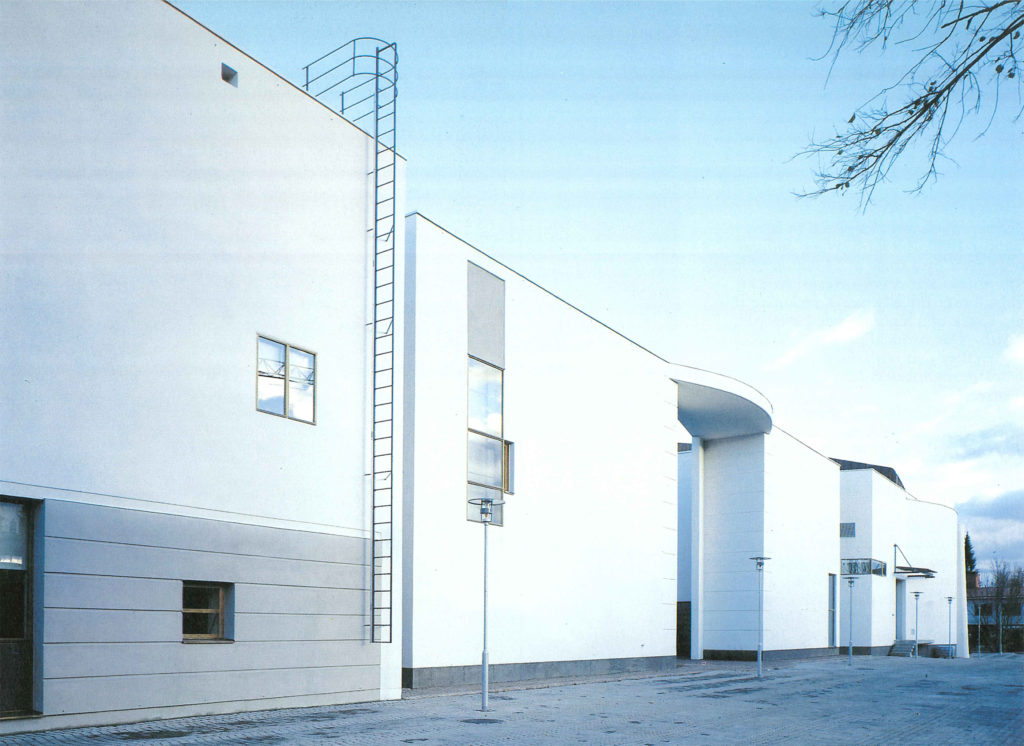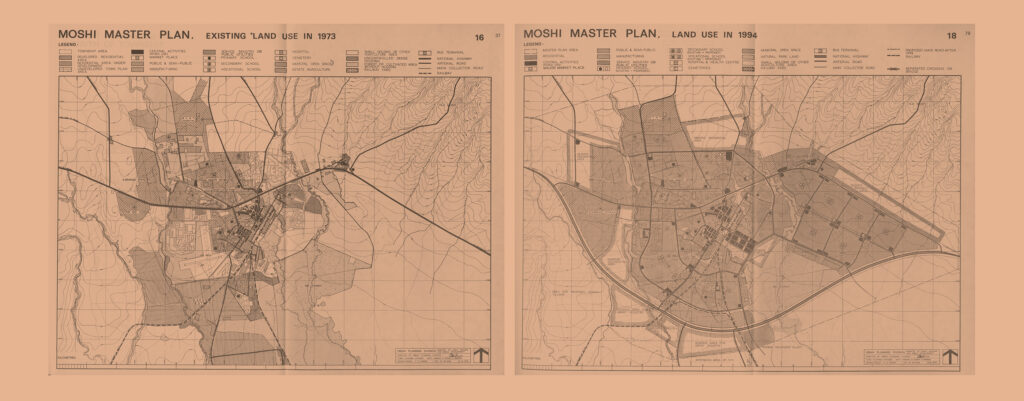Experts in Urbanism – Rap Music Echoes with the Experiences of Young Members of Minorities
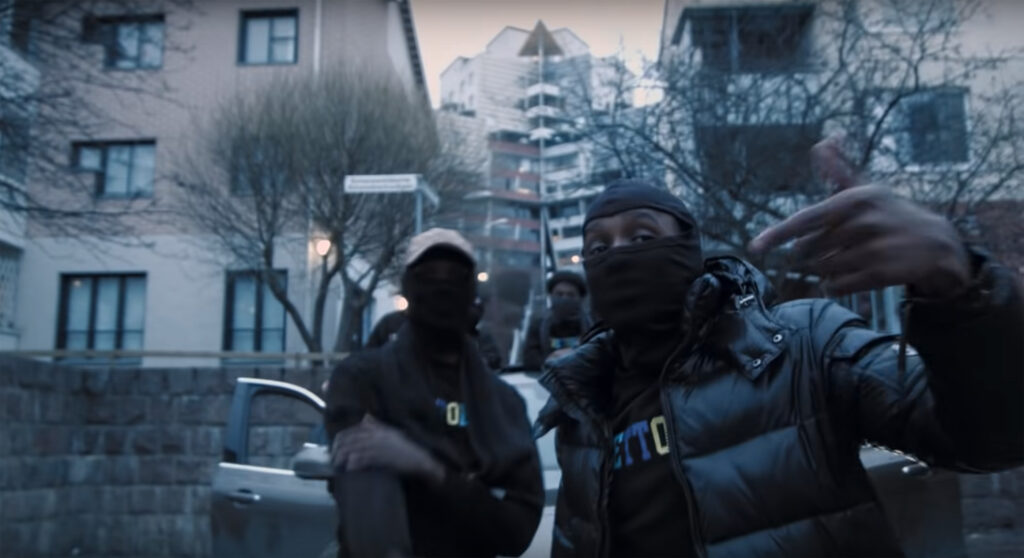
Rap music linked to neighbourhoods may open up a local perspective on urban planning – provided that the planners recognize the potential to be found within the rap scene.
The camera sweeps over western Helsinki, then focusses on the Terrace House landmark in the Pikku Huopalahti district and comes down to street level. A group of young men sporting Ghetto Baby tracksuits stand around a car parked in front of a local grocery shop, gesturing with their hands to the beat of music. In the foreground, rap artist Blacflaco, with a ski mask covering his face, is rapping about his neighbourhood experience:
Lännest päin, mä oon west side baby
Piraq, mä liikun holleil daily
– –
nään uutisis ne puhuu meist
oon nuori somali, en vois masentuu rasismist, hey
lännest päin, mä oon Helsingist
ne luulee meit rikollisiks, yeah
I’m from the west, I’m West Side Baby
Piraq, I get around the hood daily
– –
On the news, it’s all about the foreigners
I’m a young Somali, can’t let the racism get me down, hey
I’m from the west, I’m from Helsinki, yeah
They think we’re all delinquents, yeah1
The song West Side Baby and its music video offer a unique glimpse into the neighbourhood experiences of Helsinki’s youth in 2020s Finland.
Where Blacflaco has become known in the rap scene for putting “P Block” or “Piraq”, i.e. Pikku Huopalahti, on the map, another Helsinki rap artist, Ege Zulu, is hailed as the voice of adolescence in the eastern neighbourhoods of Helsinki. One of the most astute urban narratives in Ege Zulu’s production is the song Puhos, named after the old Puhos shopping centre in Puotinharju.
Built in 1965, the East Helsinki shopping centre began to lose customers in the 1980s, when the large Itäkeskus centre opened its doors right next door. During the new millennium, a vibrant urban community has developed at Puhos around a mosque and services offered by several immigrant-owned businesses. Ege Zulu describes Puhos as a safe haven for ethnic minorities, a place where one is not defined as being somehow deviant, outside the norm: “Ei oo väril välii, tää mesta tuntuu omalta”, which translates loosely as “no-one here sees colour, this place feels like our own”.2 But how can we tune into and appreciate such local narratives as a commentary on young people’s inclusion in the urban environment?
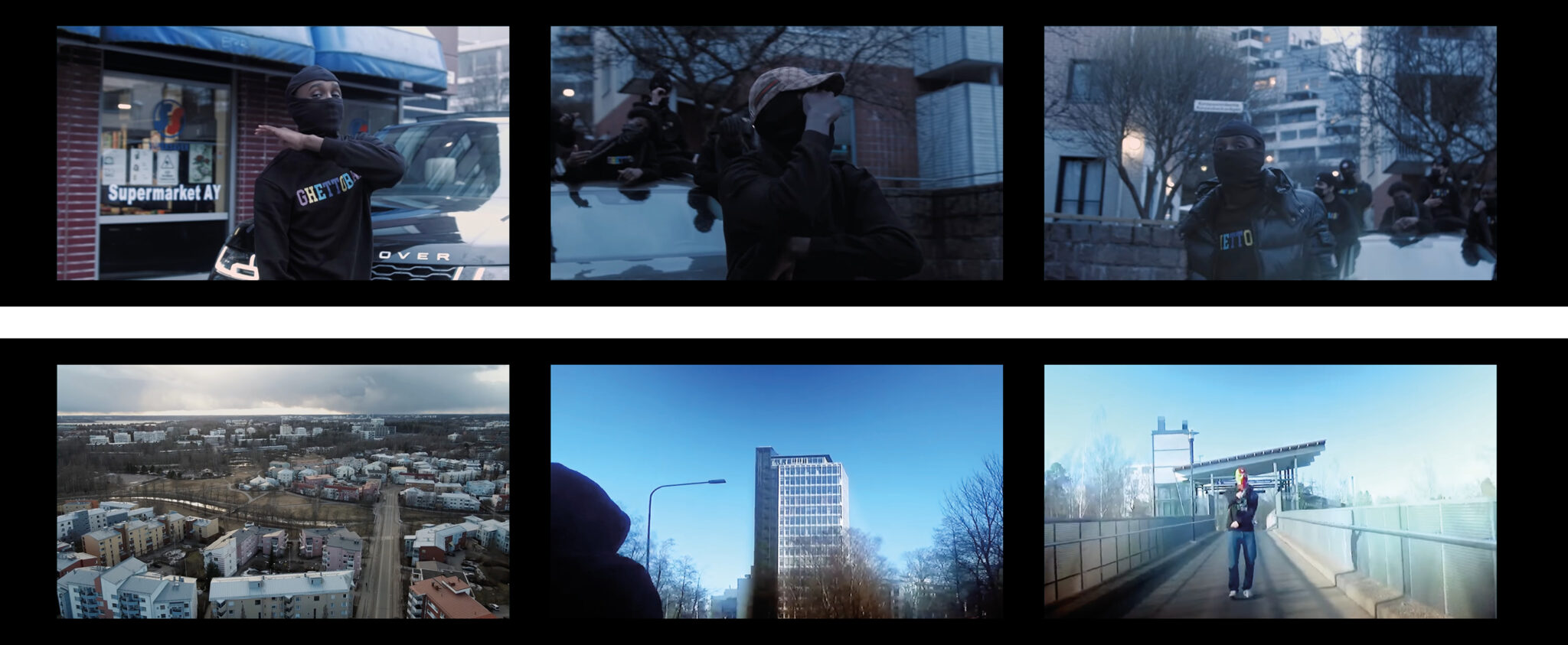
Social Inclusion Calls for True Interaction
Over the last few decades, the polyphony of urban dwellers has emerged as an international urban planning megatrend: cities are expected to improve in how they meet the needs of residents from diverse backgrounds. Top-down measures and policies are no longer considered to be enough in the way of inclusion, as the expertise of urban planners and policymakers is increasingly measured through their interaction with the residents. In West Side Baby, Blacflaco shows us how growing up and living in Pikku Huopalahti shapes the identity of a young Somali and, on the other hand, how the prejudices of the surrounding society present themselves as part of the everyday life and urban experience of a young person belonging to a visible minority. As for Ege Zulu’s perspective on Puhos, his lyrics reflect an about-turn in planning policy in the area – new development outlined by the city once threatened to destroy the local community, but, in the end, it was the preservation of that community that began to inform the planning and development in the area.3
Despite the precedent set by the Puhos case, the use of urban space and the public discussion revolving around it in Finland continues to be controlled by the majority population. The ideal lifestyle symbolized by the white middle-class family unit has long determined the development of our cities. In this type of discourse that relies on a supposed monoculture, there is no way for the diverse networks of city dwellers and their expertise in their own neighbourhoods to shine through the way that they deserve to be seen. Through the audio-visual narration of rap music, however, it is possible to highlight the experience of young people that so often remains invisible to planning officials – if only those in charge of shaping the urban environment were able to recognize rap narratives as urban expertise that promotes inclusion.
In a discourse that relies on a supposed monoculture, there is no way for the diverse networks of city dwellers and their expertise in their own neighbourhoods to shine through the way that they deserve to be seen.
How Rap Music Became a Commentary on Urban Life
Hip hop emerged in the 1970s as an urban subculture of young black and Latino people in North America and has evolved into a global phenomenon over the five decades since. In the 2020s, rap music, which is regarded as an element of hip hop culture, is one of the most popular music genres in the world, with local manifestations and versions to be found across all continents. Digitalisation has further sped up the dissemination of hip hop culture, with artists and audiences sharing cultural products and experiences through social media. Rap music can deservedly be called one of today’s most influential forms of urban culture.
Since the 1980s, Western-European rap music has reflected post-colonialist Europeanism, giving a voice to the social viewpoints of young people belonging to ethnic minorities. Finnish rap music, on the other hand, has formed its own, peculiar bubble as a white middle-class phenomenon. In recent years, however, a new generation, the “fourth wave” of rap artists has emerged in Finland, introducing young people from ethnic minorities as key players in the genre.4 The immigrant population in Finland is heavily concentrated in cities and is notably younger than the other population groups. From the perspective of demographic research, therefore, the diversification of the Finnish rap scene into a voice for ethnic minorities, true to the roots of the genre, is an inevitable development.
Reflected in rap lyrics are the young people’s multilingual realities, mixing Finnish, English, Arabic, French and Somali, among other languages. Another typical feature in the lyrical and visual narration of rap music is the tendency to express a localised view of the artists’ own neighbourhoods and city blocks – the hood – and to tell stories from real life as experienced or witnessed by the artists themselves. Rap music has also offered an outlet for counter-speech against the discriminating structures of society and for connecting with other young people living in diaspora both locally and across national borders. This is the young building their identity through the means of rap music.
The Narrow Interpretations of Urban Youth
In recent public discussions concerning young people belonging to visible minorities in Finland, their presence in public spaces, the way that they dress, their multilingualism, as well as their consumption of rap music have often been presented as a signal of “the way of Sweden”, which is to say an uncontrolled spreading of gang-related crime. Gangsta rap has been suggested as a culprit for the formation of gangs, without any in-depth analysis of the root causes and manifestations of marginalisation among young people.5
Among those who actually study adolescents and rap music, the consensus is that references to crime in rap music are usually a reflection of the social prejudices, hierarchies and clashes that young individuals face in their own lives. What comes across from the descriptions of aggression is not a glorification of violence but, rather, a sense of despondency.
Rap music researcher Lambros Fatsis has suggested that rap music should be approached more as a public counterculture than as a crime-feeding subculture.6 Reducing rap music to an advertisement for a life of crime and an instigator of choices leading to such a lifestyle is an example of street illiteracy, a term coined by street culture and rap researcher Jonathan Ilan to describe the ignorance of authorities when it comes to the diverse meanings behind the genre’s conventions.7
We should address and resist the othering tones audible in the sweeping statements concerning gang activity to make sure that such prejudices are not transposed to our urban development policies and practices. Urban planning can also serve as a counterforce to inequality.
Urban planning can also serve as a counterforce to inequality.
Street Literacy and Encounters in Urban Planning
The power of rap music as the voice of young minority people and, on the other hand, its potential in urban planning and policy rest on the fact that urban planning processes are in need of new, inclusive tools. Urban planning researchers Lieven Ameel, Jens Martin Gurr and Barbara Buchenau refer to the recognition of the experiential expertise among city dwellers of varying ages and backgrounds as a narrative turn in urban planning.8 It positions genuine encounters between the planners and residents as a prerequisite of good planning practices.
In the Finnish context, the importance of genuine encounters has been highlighted by architect Hossam Hewidy, also challenging the white middle-class narrative of expertise. In his recent doctoral dissertation, Hewidy shed light on the significance of the voice of immigrant entrepreneurs and consumers in urban planning projects concerning neighbourhood shopping centres.9 According to Hewidy, the business owners renting the affordable retail spaces in these centres are spontaneously creating communities in the urban space which could not have been implemented by means of top-down planning. In the worst case scenario, top-down development projects may even destroy vibrant urban spaces, which almost did happen in the case of the Puhos shopping centre.
Metroasemalt ulos, mä soitan, veli mä oon tulos
se on Itiksen Puhos
kahvilat tukos, mulle ovet ei oo lukos
se on Itiksen Puhos
ei tarvii oleskelulupaa, ei
ei papereit kysy tääl kukaa, ei
Itä-Helsinki, Puhos
vaik ne melkei sen tuhos
se on Itiksen Puhos
Coming out of the metro station, I make a call, bro’ I’m on my way
It’s the Puhos of the east block
The coffee shop is busy, no locked doors for me
It’s the Puhos of the east block
No need for residence permits, no
Nobody asking for papers, no
East Helsinki, Puhos, tho’ they almost destroyed it
It’s the Puhos of the east block
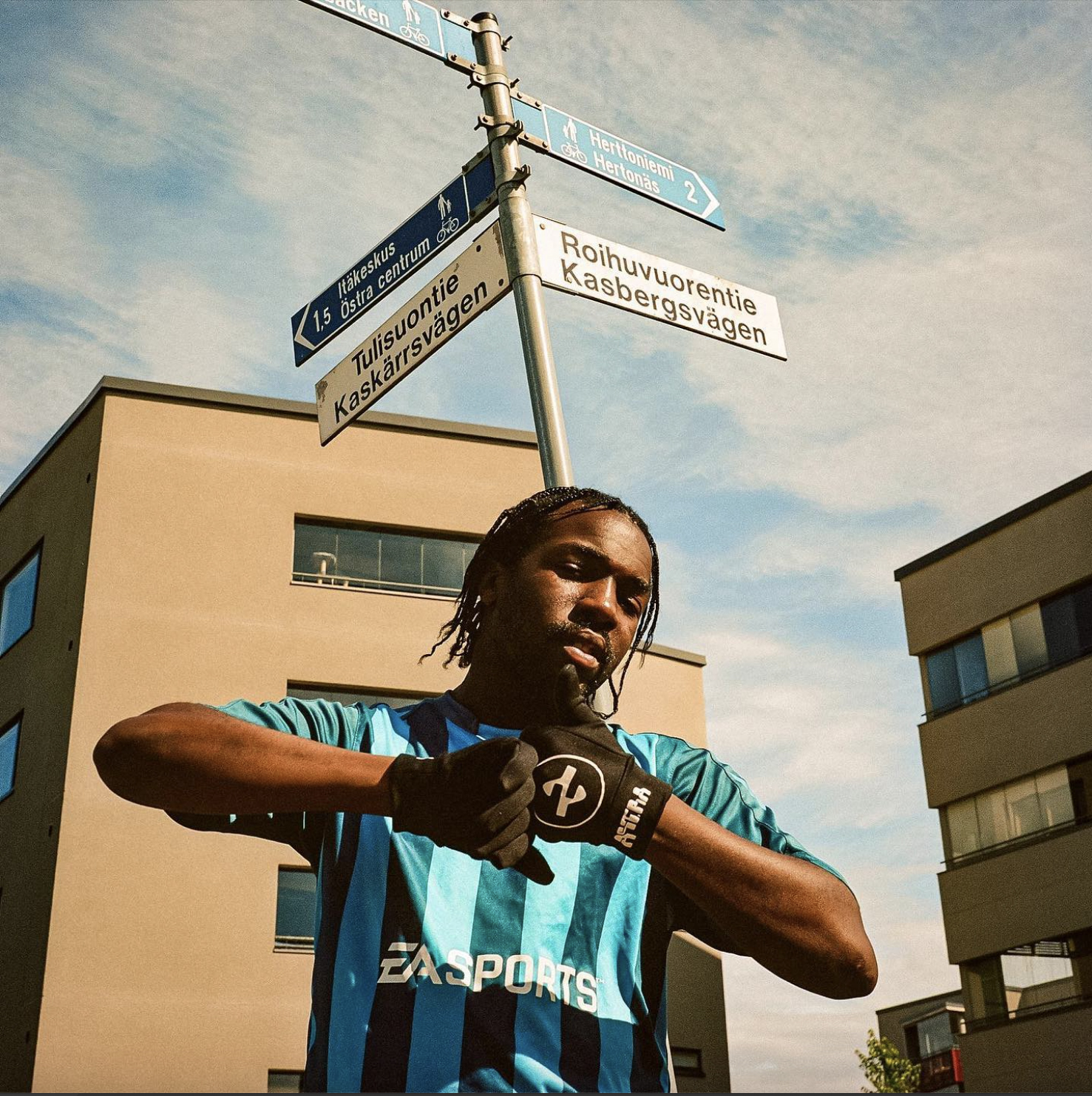
This is what Ege Zulu has to say in his song Puhos, and in doing so, the artist also manages to take a stand for the value of urban space from the same premise that Hewidy identified in his research: the true worth of Puhos is in its social community.
Hewidy’s perspective is also supported by the idea presented by geographer Colin McFarlane of urban planners as learners.10 The experts in a specific urban space are the people who live there, regardless of their background, and what remains for the policymakers is to identify and recognise the spontaneous narratives of city dwellers, to adopt them as guidelines informing their own work and to apply them as a precondition for all urban planning.
Places for encountering urban expertise may be found at, for instance, rap concerts, which the authors of this article also frequent actively. Adults belonging to the majority population rarely, if ever, have to face a minority point of view and the otherness expressed through rap music. Attending youth events takes a bit of nerve and courage but can, at its best, open up new perspectives on urban agency, inclusion and communities, in addition to offering the opportunity to encounter urban expertise. When surrounded by a young rap crowd, one cannot avoid examining the justification of one’s own expertise through a somewhat unconventional lens.
In the long term, improving the street literacy of urban planners would be an important means to promote social inclusion. Since architects have been shown to be one of the most socially homogenous group of academically trained professionals in Finland, street literacy among officials in the context of urban planning might also entail that, moving forward, more attention is paid to the diversification of those seeking to enter the field.
Recognising the spontaneously formed communities in all urban, or should we say social, planning is a prerequisite for building a more socially sustainable future. Ege Zulu is showing us the way in this respect – for its users, the neighbourhood shopping centre is an important place that needs upkeep, not upheaval:
Ainoo mesta, häh, mis elää vielki sielu
Itädishu eli Puhos, vaik tääl haisee iha pierult.
The only place that still has soul in these parts
Eastdishu, or Puhos, even if it smells like farts. ↙
HANNA TYVELÄ
FM, taide- ja sosiaalihistorioitsija, joka valmistelee Tampereen yliopistossa väitöskirjaa hyvinvointivaltion yhteiskuntasuunnittelusta. MA, art and social historian, currently working on a doctoral dissertation at Tampere University on urban planning in the welfare state.
ERICA ÅBERG
Doctor of Social Sciences, Senior Researcher and Lecturer in Economic Sociology at the University of Turku. Åberg’s field of research includes, among other topics, inequality linked to physical appearance as well as digital youth cultures.
1 Blacflaco, Ibe & Elastinen: West Side Baby, Skorpioni 2021. The original rap lyrics in Finnish are prose translated for this article by Eeva Parviainen.
2 Ege Zulu: Puhos, PME Records 2022. English translation by Eeva Parviainen.
3 Hanna Tyvelä: ”’Ainoo mesta, häh, mis elää vielki sielu’ – Ostarit yhteiskunnallisten muutosten näyttämöinä”. Teoksessa Pohjolainen & Valle (toim.): Ostaritutkimuksia – Shopping Mall Investigations. Kirjoituksia Kuvataideakatemiasta 9, Taideyliopiston Kuvataideakatemia 2023.
4 Elina Westinen: Aina ollu tääl – Suomi-räp 4.0. Johnny Kniga 2023.
5 Karla Malm, Erica Åberg, Jaana Gröhn & Malissa Wadunombi: ”Huolipuheesta kohti huolenpitoa? Tiemiehet tulkinnallisissa kamppailuissa”. Teoksessa Laine, Kauppinen, Malm & Hoikkala (toim.): Nuoruus korona-ajan kaupungissa. Tutkimus nuorten vapaa-ajasta, jalkautuvasta nuorisotyöstä ja huolikasaumista. Nuorisotutkimusverkosto/Nuorisotutkimusseura, julkaisuja 242, 2023.
6 Lambros Fatsis: ”Grime: Criminal subculture or public counterculture? A critical investigation into the criminalization of Black music subcultures in the UK”. Crime, Media, Culture 15(3), 2019, 447-461.
7 Jonathan Ilan: ”Digital Street Culture Decoded: Why criminalizing drill music is Street Illiterate and Counterproductive”. The British Journal of Criminology 60, 4/2020, 994–1013.
8 Lieven Ameel, Jens Martin Gurr & Barbara Buchenau (toim.): Narrative in Urban Planning: A Practical Field Guide. transcript Verlag 2023.
9 Hossam Hewidy: The hidden city of immigrants in Helsinki’s urban leftovers: The homogenization of the city and the lost diversity. Väitöskirja. Aalto-yliopiston taiteiden ja suunnittelun korkeakoulu, arkkitehtuurin laitos 2022.
10 Colin McFarlane: Learning the City: Knowledge and Translocal Assemblage. John Wiley & Sons, Incorporated 2011.
